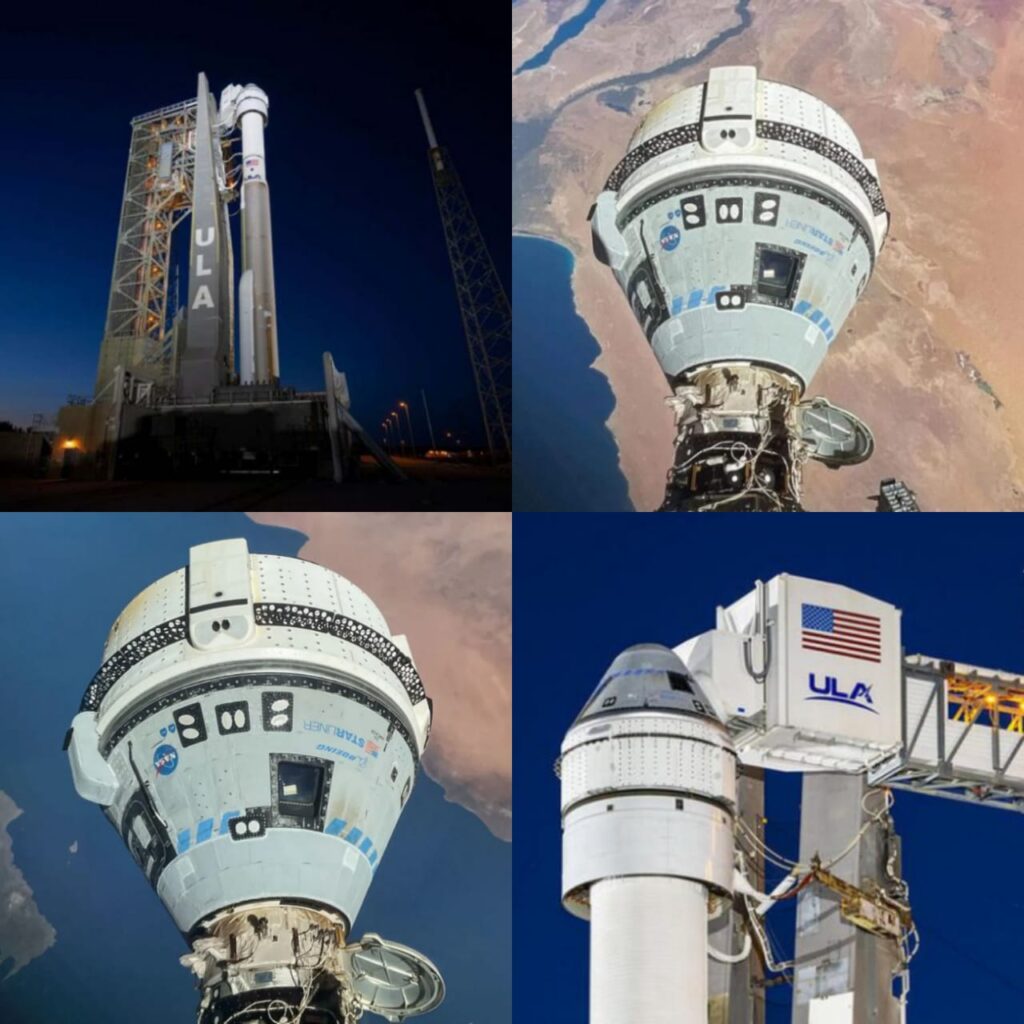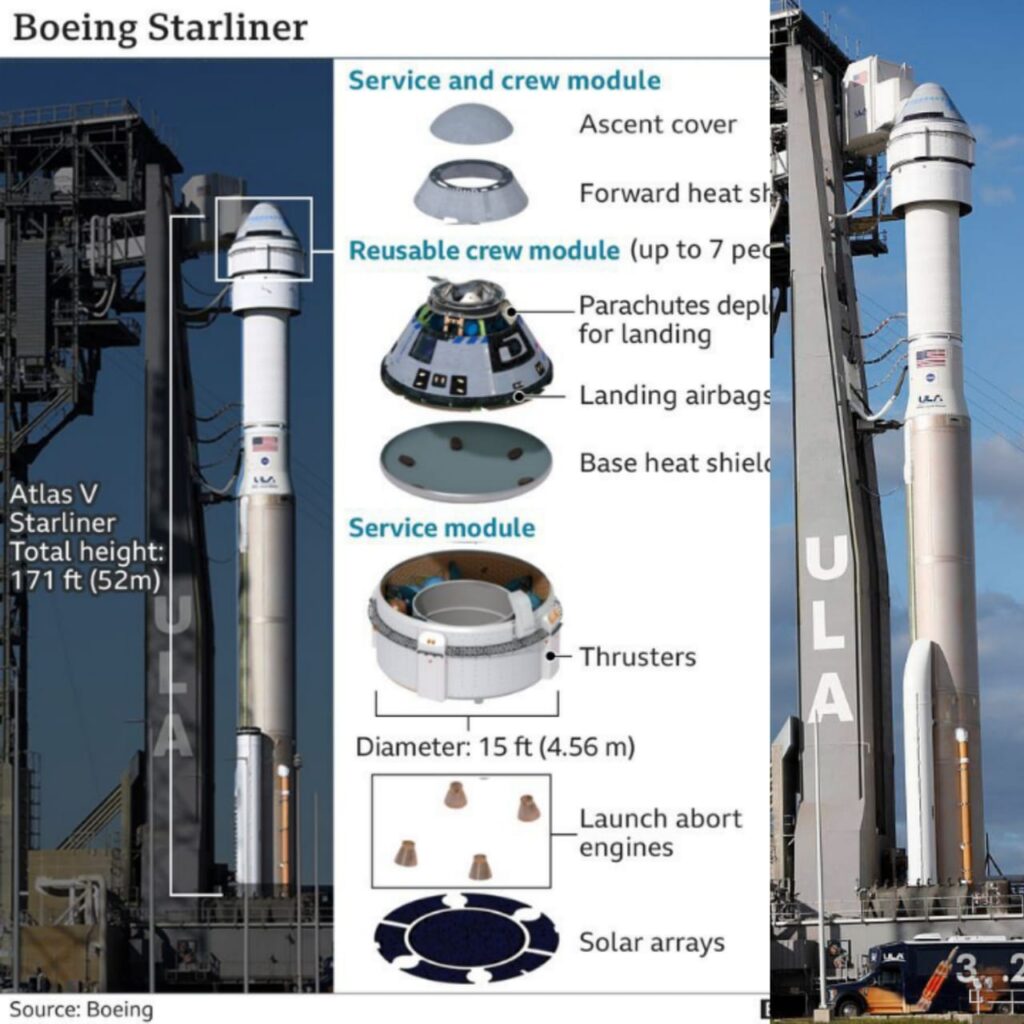

Boeing Starliner to take more time to return to Earth: NASA
The return of Boeing’s Starliner capsule has been put on hold after NASA announced the need for further technical review. The postponement gives engineers more time to analyze recent problems faced by the capsule, which is currently carrying astronauts Sunita Williams and Butch Wilmore.
NASA has reportedly postponed the return of Boeing Starliner to Earth from the International Space Station with its first crew of astronauts (Sunita Williams and Butch Wilmore). The agency said on Friday that the delay was because it allows more time to review technical problems that had surfaced.
As of the time of writing, it had not set a new date, raising questions about the timing of the return of the two astronauts on Boeing’s first crewed mission, which was initially scheduled for June 26, pushed back from the first possible date of June 14.
In an official statement, NASA said, “Mission managers are evaluating future return opportunities following two planned spacewalks to the station on June 24 and July 2.” The US astronauts- Butch Wilmore and Sunita (Suni) Williams flew on June 5 as a final demonstration to receive regular flight certification from NASA.
According to NASA’s commercial crew program manager Steve Stich, “we are moving forward in accordance with our standard mission management team protocol.”
“While docked to the space station, Starliner is operating well in orbit,” stated Stich, who also added that the additional time will yield “valuable insights” into system upgrades for upcoming missions.
The spacecraft has undergone two crewed space tests without a human on board since 2019. During that time, it has experienced five maneuvering thruster failures, five helium gas leaks that were used to pressurize the thrusters, and a slow-moving propellant valve that suggested earlier problems had not been resolved.
The issues and additional testing by NASA and Boeing raise questions about when Starliner’s crew will be able to make the roughly six-hour return trip and exacerbate the program’s broader problems.
Boeing has racked up $1.5 billion in costs beyond its $4.5 billion NASA development contract. NASA wants Starliner to become the second U.S. spacecraft capable of carrying astronauts to the ISS, alongside SpaceX’s Crew Dragon, its primary ride since 2020.
But for years, subcontractor disputes, software bugs, and design flaws have plagued Boeing’s Starliner program. When Starliner arrived in the vicinity of the space station to dock on June 6, five thruster failures prevented the spacecraft from getting close until Boeing fixed it.


